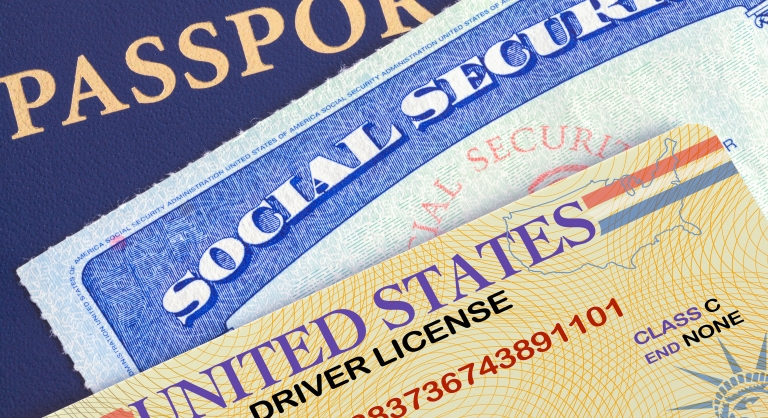Client Alert: The End of Remote I-9 Verification
In the face of the COVID-19 pandemic, in March 2020, the Department of Homeland Security (DHS)/US Immigration and Customs Enforcement (ICE) temporarily suspended the physical presence requirement of the Form I-9 verification process for certain employers. These flexibilities apply to employees until they undertake non-remote employment on “a regular, consistent, or predictable basis,” or until the extension of the flexibilities is terminated, whichever is earlier. DHS issued a series of extensions of the Form I-9 flexibilities over the past three years.
The End of the I-9 Temporary Flexibilities
On May 5, 2023, ICE announced that the temporary flexibilities will end on July 31, 2023, and issued updated guidance in the form of questions and answers (the Q&As). By August 30, 2023, that is 30 days after the July 31 end date, employers are required to physically examine documents for employees hired on or after March 20, 2020, whose I-9 documents were inspected remotely. If an employee separates from employment before this physical inspection can be completed, employers are directed to note this in the “Additional Information” box on the Form I-9, along with the employee’s separation date. The Q&As remind employers that they cannot retain employees who the employer knows are not authorized to work in the United States or who do not fulfill the Form I-9 documentation requirements, including presenting documentation for in-person physical examination.
DHS notes in the Q&As that if an employee’s immigration status has changed between the time of remote inspection and the in-person inspection, employers have two options: (1) they may complete Section 2 (Employer Review and Attestation) on a new Form I-9 and attach it to the Form I-9 previously used for the remote inspection (and note in the Additional Information field that the employee’s immigration status has changed); or (2) they may provide the document title, document number, issuing authority, and expiration date (if any) of the new document and note that the employee changed their immigration status in the Additional Information field of the original Form I-9. The Q&As note that DHS is encouraging employers, as a best practice, to elect option 1. Employers have the option to use an authorized representative to complete the in-person inspection and complete the Form I-9 on their organization’s behalf. The Q&As direct employers to examples of Form I-9s for documenting the subsequent physical, in-person inspection of documents previously reviewed remotely.
What About the Proposed Rule?
Notwithstanding the end of the temporary I-9 flexibilities, as noted in our prior alert “Pandemic to Permanent? Proposed Changes to the I-9 Verification Process,” DHS is moving forward with the proposed rule that would authorize alternatives to the in-person inspection of I-9 documents (the Proposed Rule), which was published in August 2022. The public comment period for the Proposed Rule ended on October 17, 2022, and DHS is expected to issue a final rule sometime later this year.
Next Steps for Employers
While affected employers have until August 30, 2023, to update Form I-9s for employees who have yet to complete an in-person, physical inspection of Form I-9 documents, employers would be well-served to review their Form I-9 documentation now in order to determine which employees will need to submit for physical inspection. Employers with employees in multiple locations will want to assess whether they have in-house capabilities to conduct reviews of I-9 documents or if it makes more sense to use an authorized representative. Finally, employers should review and update any policies and procedures that reference the now sunsetting, temporary flexibilities.
Bowditch will closely monitor any developments on this issue and update you promptly. Employers with questions should consult with their Bowditch Employment & Labor attorney.
Categorized: Client Alerts, Publications
Tagged In: COVID-19, Form I-9 verification, end of I-9 temporary flexibilities, Form I-9 documentation requirements









